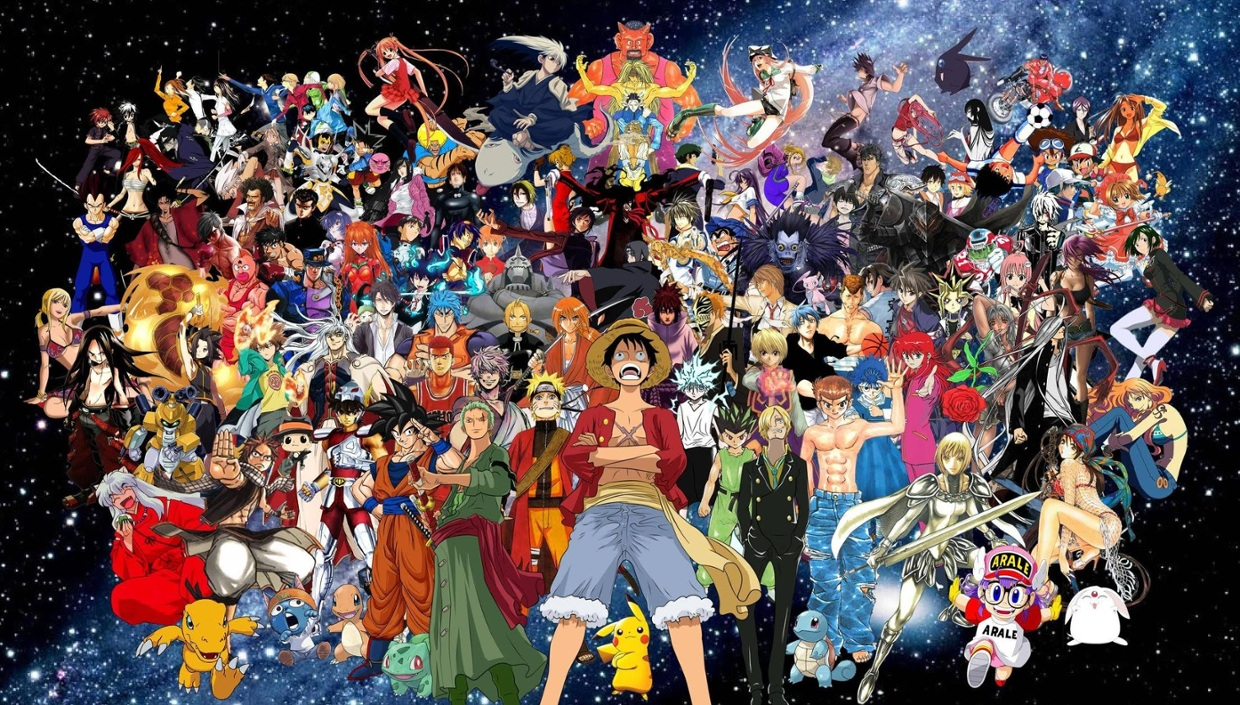By Dimitris Topalis,
The art of anime is an essential part of entertainment worldwide, reaching an all-time high, and is one of the most recognizable traits of the Japanese culture. But what are its origins? Anime has evolved quite a lot, since it first came into the picture. After all, over a century has passed, since the very first anime was aired. Anime is the evolution of a Japanese painting technique called “Ukiyo-e”, mixed with European and American cartoon techniques. The oldest ancestor of anime is traced back to 1907 and was discovered back in 2005. The video contains a young child that draws Japanese letters on the board. The name of that clip is Katsudō Shashin (活動写真, “Activity Photo”), and it lasts about 4 seconds. The first Japanese cartoons that are the ancestors of anime were released officially back in 1917, titled Namakura Gatana (or Hanawa Hekonai meitō no maki), which is a short Japanese animated film produced by Jun’ichi Kōuchi, who is now considered as one of the “fathers” of anime.
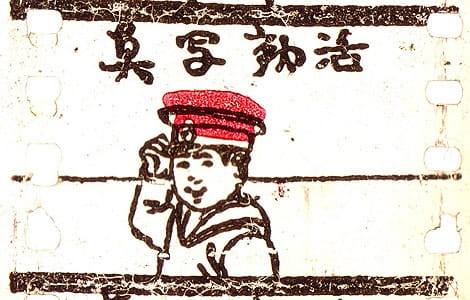
Anime used as propaganda in World War II
Most people do not know this, but anime’s origins started as propaganda in World War II. While many consider Astro Boy as the first full-length anime, it really is not. The first anime movie ever created was Momotaro: Sacred Sailors (1945). Momotaro: Sacred Sailors is an anime propaganda movie that lasts 74 minutes. This movie was funded by the Japanese Navy in 1945, the final year of World War II. It is known for the dark meanings it contains, the patriotic tone, and the goofiness. This specific anime was used to make sure that more people were enlisted in the Army to fight against evil. The main plot of Momotaro: Sacred Sailors is about cute animals that enlisted in the Navy, saying farewell, and ending up in a Japanese airbase. Then, the great General Momotaro arrives with all his glory and trains the animals with military training, while trying to bedazzle the culture of Japan. The film tries to paint wartime-Japan as bright, better than ever, and with a lot of positivity. It also tries to “bury” all the enemies of Japan, as if they kill for sport, while Japan is fighting a moral war. Even if the film is controversial and contains war propaganda, it is considered a fascinating piece of Japanese history by a plethora of anime fans — and not only them. On that note, we should mention that there is a prequel of Momotaro: Sacred Sailors, which is called Momotaro’s Sea Eagles (桃太郎の海鷲, Momotarō no Umiwashi, 1943).
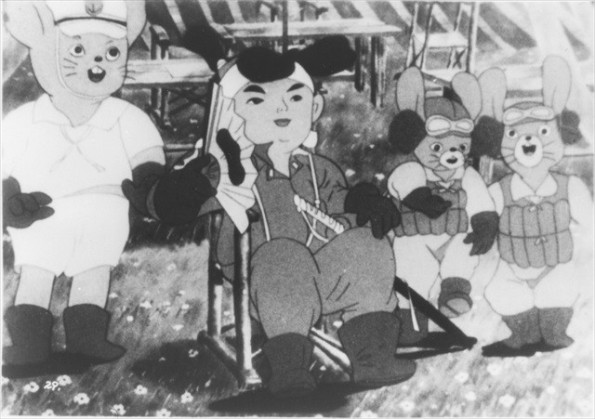
The evolution of anime: From war propaganda to a means of entertainment
Modern anime began in 1956, but it could not compete with Disney’s cartoons. In 1960, however, something happened, and anime exploded in the scene. It was the time when television first started making its appearance. In the 1960s, anime was starting to grow in popularity and in fame, and the first series that changed the history of anime was the previously mentioned Astro Boy, which premiered in 1963. This cartoon is considered to be the first real ancestor of anime.
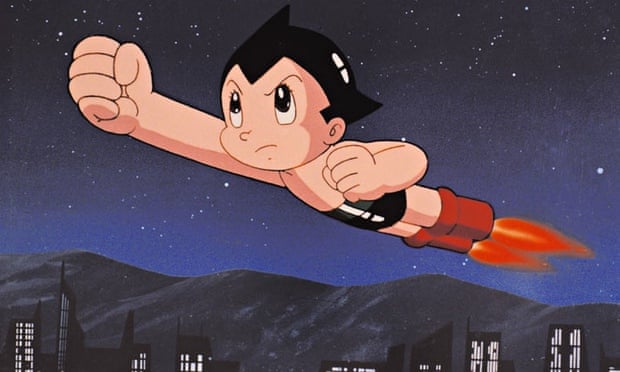
Until the end of that decade, television was full of programs for kids’ entertainment. There was a problem in the eyes of a kid and an adult: whether it was anime or a cartoon, none would go in depth to separate them; they were all the same. Therefore, anime had to be separated from other forms of entertainment. Taking that into account, anime series started developing their own characteristics and style. Anime skyrocketed in popularity in the 1980s, after people started buying videotapes, and after the creation of the first videogames. However, there was a problem. The developers of animation did not have a good work environment, because animators were underpaid by their studios, and the work they had to do as individuals did not match the workers of the studio.
The most crucial time for anime and its big success
The most crucial time for anime is considered to be the 1990s, firstly because the people that worked in animation studios, as we mentioned, were not having a pleasant time, and added to that, there comes the unexpected Japanese economic crisis in 1991, which almost ended anime as a whole. Lucky for us fans, anime in its entirety received worldwide recognition and viewership it did not previously have — this was a “life-saving” factor. Anime like Pokémon, Digimon, Yu-Gi-Oh!, Dragon Ball, Naruto, Bleach, and One Piece received worldwide recognition and had set an example for the market of anime, with most of them having big fan bases and some of them still airing until today. In 2022, for example, Bleach is about to make its return, while One Piece still airs, reaching 1,008 episodes, while showing no sign of stopping or slowing down.
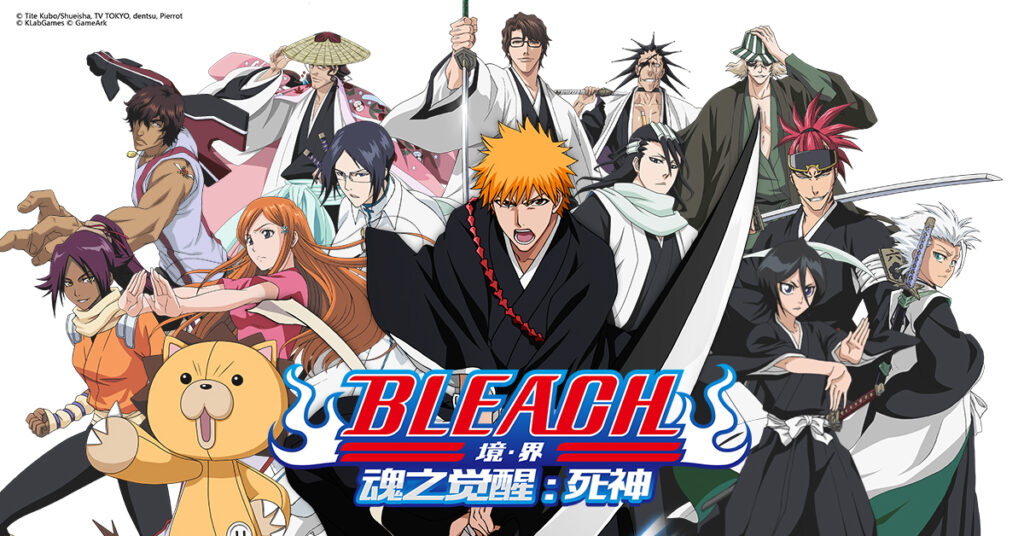
Anime in Japanese culture today
Today, anime in Japan is considered to be one of the biggest parts of Japanese culture. Anime-related activities, shops, merchandise, etc. can be found everywhere in Japan. From that we can assume that anime plays a big part in the everyday life of not only Japanese people, but also fans from around the world. For instance, there are street artists and streets that are exclusively anime-based. Anime artists promote their art for display, while people watch and talk about it, like an expedition. Anime has evolved quite a lot from exclusively kids’ entertainment to adult entertainment, with shows like Attack on Titan and Neon Genesis Evangelion, which are not kid-friendly.
Anime right now is at an all-time high and is not showing signs of slowing down, as it is an unbreakable part of Japanese culture. In the Olympics that took place in Tokyo in 2021, Japan picked recognizable anime characters to promote the Olympic games.
References
- Anime, britannica.com, Available here
- History of anime, wikipedia.org, Available here
- Jonathan Clements, Anime: A History, Bloomsbury Publishing PLC, The United Kingdom, 2013

